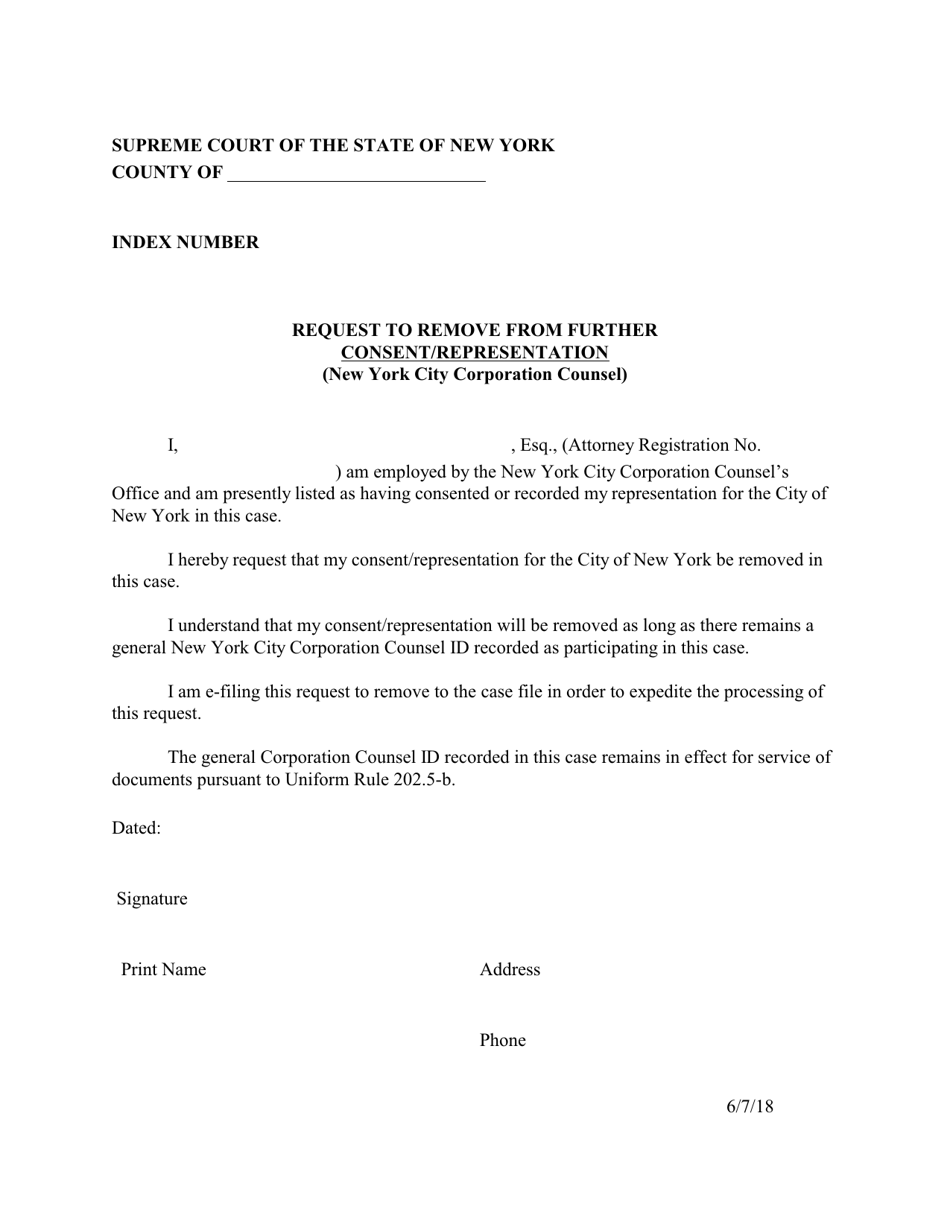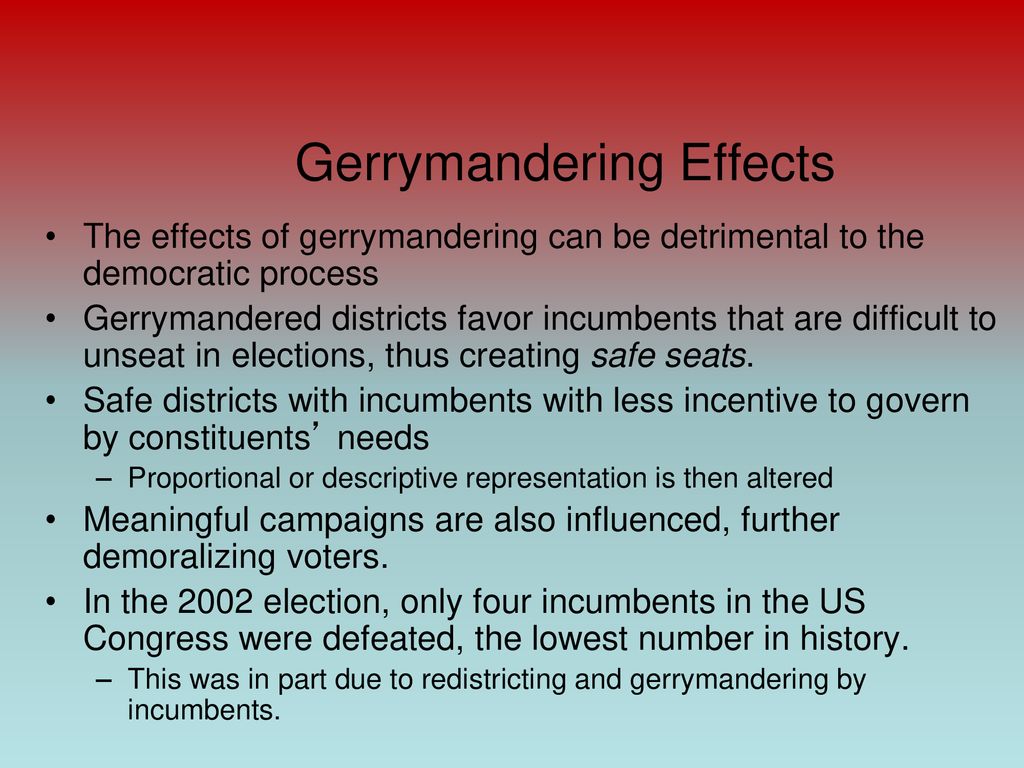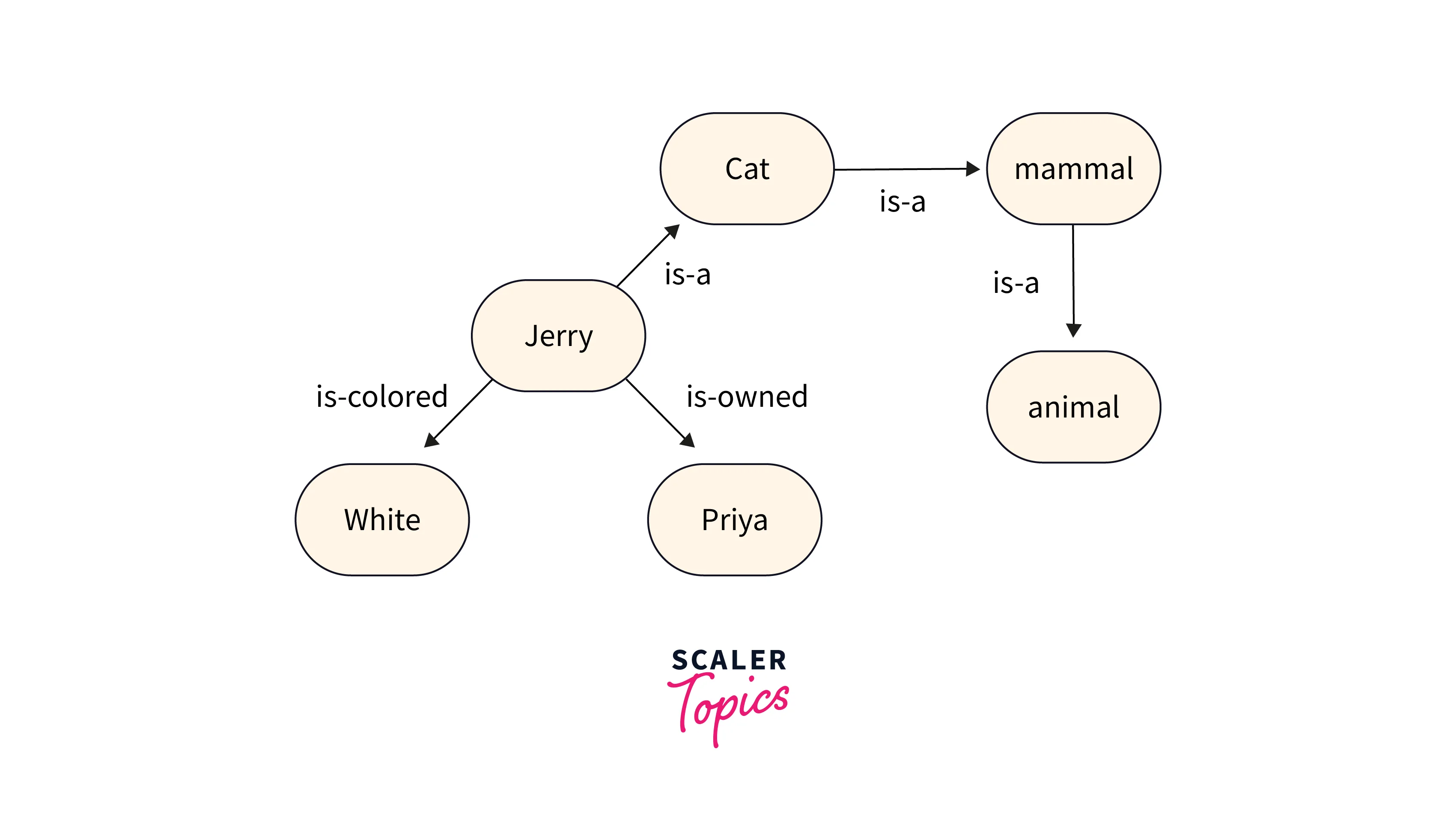A Representation May Be Altered Or Withdrawn
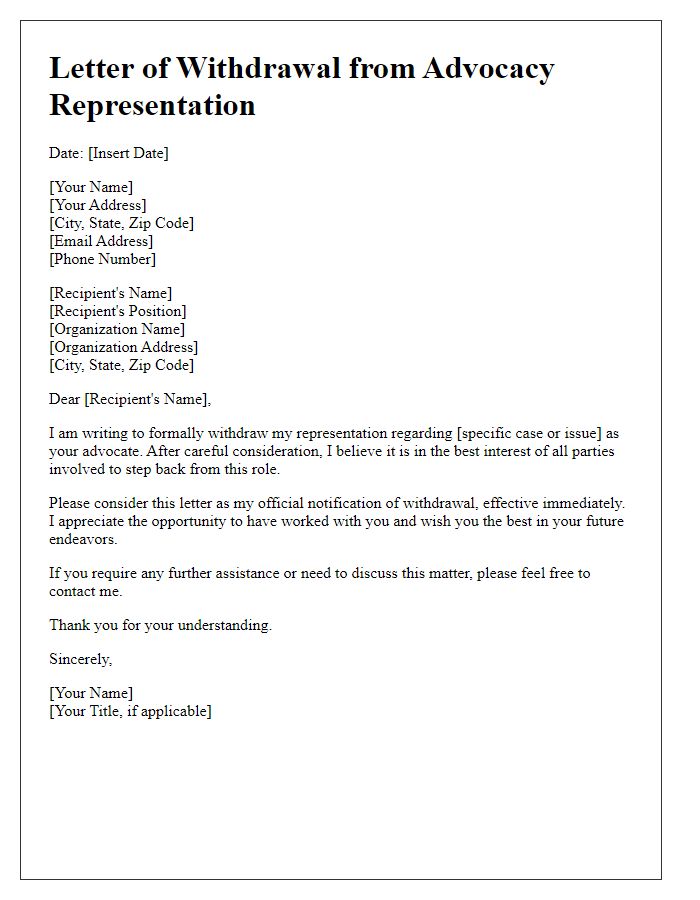
The legal landscape surrounding environmental regulations is facing a potential seismic shift. A key representation, crucial for the continued operation of several major industrial facilities and the protection of vulnerable ecosystems, hangs in the balance.
This pivotal representation, initially provided by the Environmental Protection Agency (EPA) concerning the long-term effects of specific chemical discharge permits, may be altered or withdrawn, casting a shadow of uncertainty over both businesses and environmental protection groups. At stake are millions of dollars in investment, the livelihoods of thousands of workers, and the health of sensitive waterways.
The Core of the Issue: Chemical Discharge Permits and EPA Assurances
At the heart of this controversy are National Pollutant Discharge Elimination System (NPDES) permits, which regulate the discharge of pollutants from point sources into U.S. waters. These permits are vital for managing the impact of industrial activities on aquatic ecosystems.
In recent years, the EPA provided representations, specifically assurances regarding the interpretation and long-term enforceability of these permits, that played a critical role in enabling companies to invest in infrastructure upgrades and maintain operational compliance. These representations suggested a degree of regulatory stability and predictability.
Now, these assurances are being re-evaluated, potentially leading to a dramatic shift in regulatory expectations. The repercussions of this reversal could be far-reaching.
Potential Reasons for Reconsideration
Several factors are believed to be contributing to this potential alteration or withdrawal. Changes in scientific understanding of the long-term impacts of certain chemicals are one major driver.
Increased public scrutiny and litigation from environmental advocacy groups are also adding pressure on the EPA to re-evaluate its previous positions. These groups argue that the original representations may have underestimated the true environmental risks.
Furthermore, internal policy reviews and a shift in administrative priorities within the EPA could be playing a role in the reconsideration of these representations.
Stakeholder Perspectives and Potential Impacts
The potential alteration or withdrawal of these representations has triggered intense debate among various stakeholders. Industry representatives are expressing deep concern about the potential economic consequences.
“A sudden change in the rules could jeopardize existing investments and make it difficult to plan for the future,” said John Miller, spokesperson for the National Association of Manufacturers, in a recent statement. He added that such a move would "create significant uncertainty and potentially lead to job losses."
Environmental groups, on the other hand, are applauding the possibility of stricter environmental oversight. "The original representations were flawed and did not adequately protect our waterways," stated Sarah Chen, lead attorney for the Environmental Defense Fund.
Chen further argued that "This is an opportunity for the EPA to correct its past mistakes and ensure that polluters are held accountable." The change could potentially lead to stricter discharge limits and costly upgrades for industrial facilities.
Legal and Regulatory Ramifications
The legal implications of altering or withdrawing these representations are complex and potentially far-reaching. Companies that relied on the original assurances may have grounds to challenge the EPA's decision in court.
The Administrative Procedure Act (APA) requires agencies to provide adequate notice and opportunity for public comment when making significant changes to regulations. Failure to comply with the APA could invalidate the EPA's actions.
Furthermore, the re-evaluation could also prompt Congress to weigh in and potentially legislate new standards or guidelines for chemical discharge permits.
The EPA's Response
The EPA has acknowledged that it is reviewing the representations in question but has not yet made a final decision. “The Agency is committed to ensuring that its regulations are based on the best available science and that they adequately protect human health and the environment,” said an EPA spokesperson in an official statement.
The EPA insists that it is carefully considering all relevant information and perspectives before making any final determination. They also stated that they intend to engage with all stakeholders throughout the process.
However, the EPA spokesperson refused to provide a specific timeline for when a decision is expected.
Looking Ahead: Uncertainty and Potential Resolutions
The future of these environmental regulations remains uncertain. The EPA's decision will likely have significant consequences for both industry and the environment.
Regardless of the outcome, it is imperative that the EPA communicate clearly and transparently with all stakeholders. A collaborative approach, involving industry, environmental groups, and the scientific community, is essential for finding solutions that balance economic development with environmental protection.
The resolution of this situation could set a precedent for how environmental regulations are interpreted and enforced in the years to come. The stakes are incredibly high.



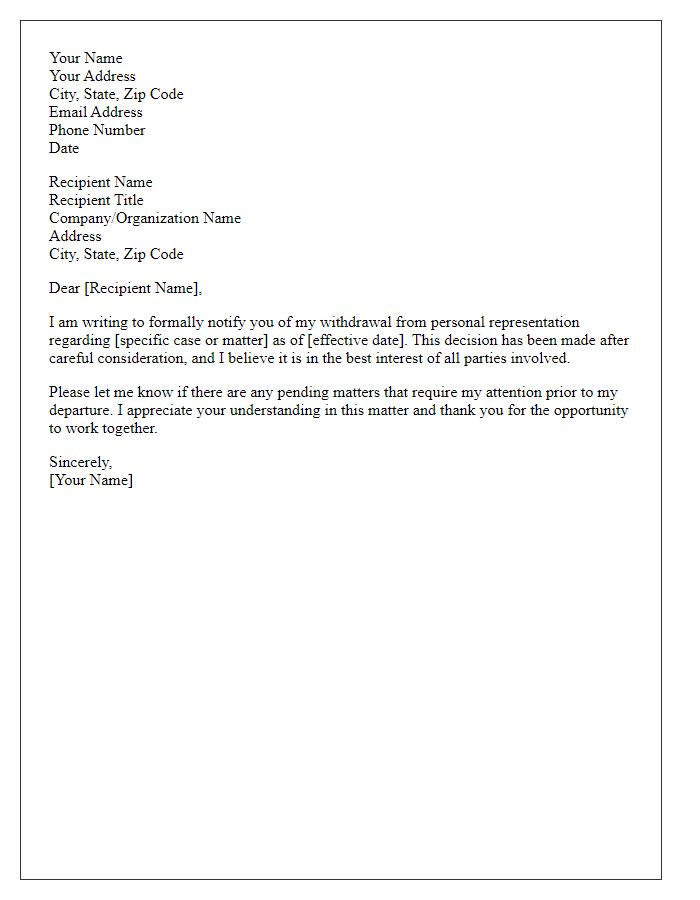

+Representations.jpg)


